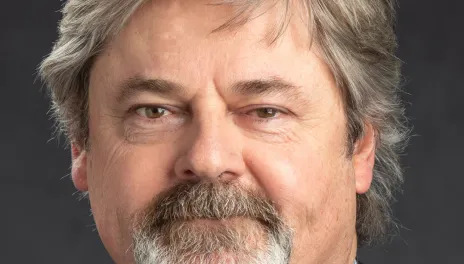Summer days stir action in department

Welcome to this month's edition of our department's newsletter, where we are excited to share updates, activities and showcasing some of the great work we do. I hope that you are having a great summer, with plenty of activities during these long days. As we dive into this issue, we will explore the transformative potential of externships in veterinary technology, the innovative approaches being implemented in our beef unit, and the groundbreaking applications of virtual fencing for grasslands and beef cattle management. Each of these topics represents a significant stride towards enhancing animal care and management practices, demonstrating the evolving landscape of animal sciences.
Externships have become an invaluable component of veterinary technology education, offering students hands-on experience in real-world settings. These immersive opportunities not only bridge the gap between classroom learning and practical application but also provide students with a unique perspective on the day-to-day operations of veterinary practices. In this issue, Stacey Ostby (Program’s Co-Director) will delve into how externships are shaping the next generation of veterinary technology professionals, highlighting success stories and key takeaways from recent externships. Through these experiences, students gain crucial skills, refine their clinical techniques, and develop a deeper understanding of the diverse challenges faced in veterinary medicine.
Turning our focus to the beef unit, we are thrilled to showcase this unit due to the importance of beef cattle production in our state. It is an important resource for our undergraduate students since they can do hands-on work in different courses both in our Animal Science and Vet Tech majors. Our beef unit buzzes with a lot of activities during the Fall and Spring semesters while the herd spends its summers at the Ekre Grassland Preserve.
The integration of virtual fencing technology into grasslands and beef cattle management represents a remarkable leap forward. Virtual fencing systems offer a high-tech solution for managing grazing patterns, improving pasture utilization, and reducing the environmental footprint of cattle operations. By leveraging GPS and electronic collars, virtual fencing allows for dynamic and adjustable boundaries, offering greater flexibility and efficiency compared to traditional fencing methods. This month, Dr. Miranda Meehan will comment on pros and cons of using this technology.
Finally, we are excited to announce that Dr. Taw Scaff joined our faculty as our Swine Extension Specialist. The increasing interest in livestock agriculture in the state has swine production at the forefront, taking advantage of the new crushing plants that are coming online, as well as for the excellent production environment that we are creating in North Dakota.
Whether you are a livestock producer, private industry professional, a student, an alumnus, or someone passionate about advancements in animal care and management, we hope this newsletter serves as a source of inspiration and knowledge.
We are eager to share the stories and innovations that are shaping the future of animal sciences, and we look forward to your feedback and engagement.
Thank you for joining us on this journey. Enjoy this new issue and see you soon!
Best regards,
Guillermo Scaglia
